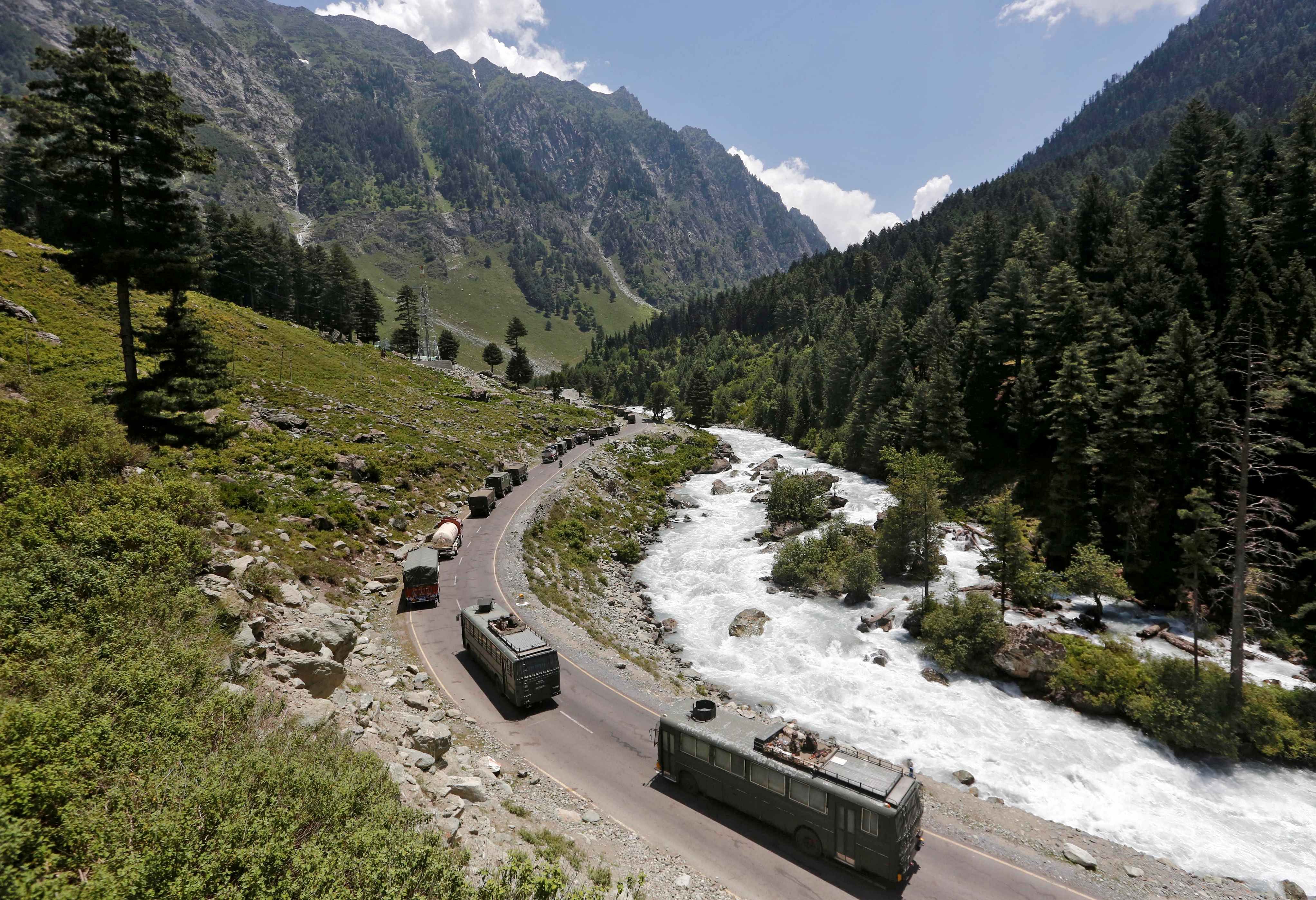
Ten Indian Army soldiers including four officers have been released by the China’s People’s Liberation Army capping three days of hard negotiations that followed the bloody battle at the eastern Ladakh’s Galwan valley on Monday.
The officers and men were returned around 5.30 PM on Thursday near Patrol Point-14 after Indian team leader Maj Gen Abhijit Bapat, the commanding officer of the 3 Division made it clear to his PLA counterpart that there couldn’t be any progress in the disengagement talk unless the soldiers were returned safely.
Asked to comment on the release of the soldiers, Indian Army spokespersons maintained a silence. The force has released a brief statement stating all its men were accounted for.
On Friday, China said it did not detain any Indian soldiers at the moment. The brief statement of the Chinese Foreign Ministry spokesman Zhao Lijian came a day after the Indian Army statement that all Indian soldiers involved in the clashes with the Chinese army at the Galwan Valley had been accounted for.
“As far as I know, China presently has not detained any Indian personnel,” Zhao told a media briefing in Beijing.
While an uneasy calm prevails over the Galwan valley on Friday, the extent of the brutality in the clash can be gauged from the fact that 76 Indian Army soldiers are still in hospital out of which, 58 soldiers have “minor injuries” and “should be back on duty within a week”, according to the Army,
Return of the Indian soldiers were the main point of negotiations in the last three days. With their release secured, there was no meeting on disengagement on Friday as large numbers of troops from both sides are still present in the area.
Meanwhile, analysis of satellite images has revealed a large presence of Chinese troops in the northern banks of Pangong Tso, which remains a disputed territory for years.
Read: All you need to know about Ghulam Rassul Galwan — The man after whom the Galwan river was named
“In the past month, Chinese forces have become an overwhelming majority in the disputed areas (on the north bank of the 135 km long lake). Significant positions have been constructed between Fingers 4 and 5, including around 500 structures, fortified trenches and a new boat shed over 20 km further forward than previously. More structures appear to be under construction,” says a report published in the Strategist, the journal of the Australian Strategic Policy Institute.
“The scale and provocative nature of these new Chinese outposts is hard to overstate: 53 different forward positions have been built, including 19 that sit exactly on the ridge line separating Indian and Chinese patrols,” says the report, accompanied by satellite images showing overwhelming PLA presence.
The June 6 meeting Corps Commander level meeting Indian and PLA armies couldn’t find a solution to the contentious muscle flexing by the Chinese on the shores of the Pangong lake. The meeting ended with the conclusion that more Lt Gen level talks between the two armies are needed to resolve such issues.
